Surrounded by toys on her living room floor, Penelope has discovered the joys of clapping and walking, loves being around her brother and has a lot to say about the first 12 months of her life. Young Penelope's journey to this point is nothing short of a miracle.
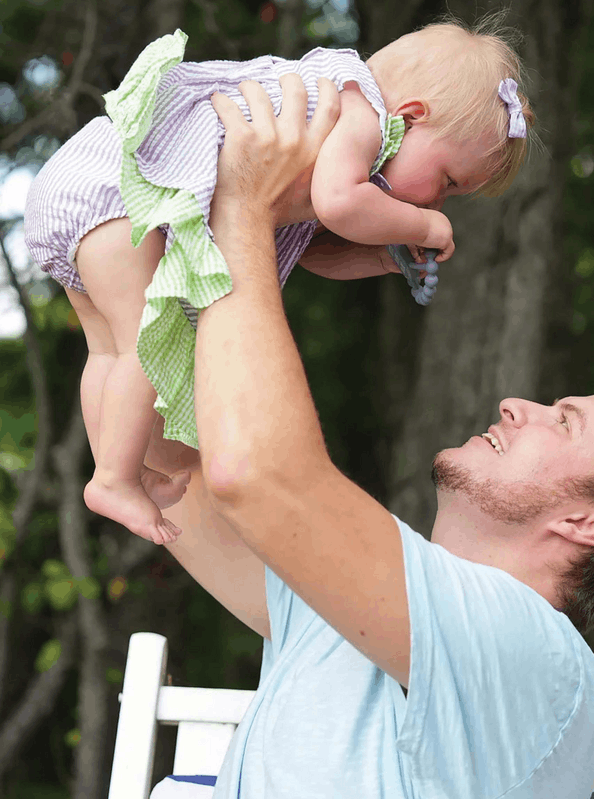
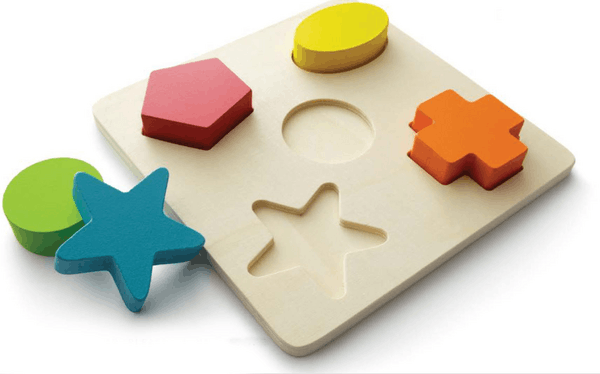
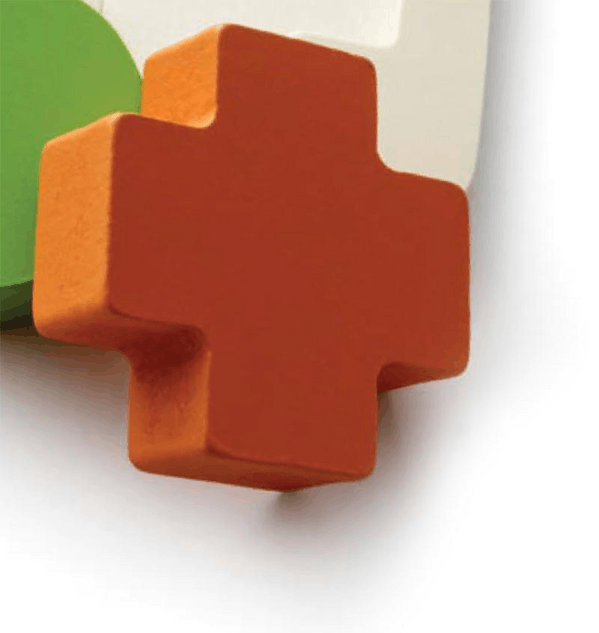
Penelope's body began to indicate something was wrong when she was just 4 days old. The jaundice that most newborns experience after birth wasn't getting better.
"We came home on a Sunday, and when we woke up on Monday, the whites of her eyes were yellow," Penelope's mom, Dominica, recalled.
Alarmed, Dominica called the pediatrician who saw Penelope at the hospital where Dominica gave birth. The doctor advised the family to get Penelope seen that day.
Penelope's pediatrician told her family they'd monitor her condition and sent her home.
At home, Dominica noticed Penelope was constantly hungry and struggled to stay nourished.
Concerned that Penelope was getting dehydrated and worried about her weight gain, Dominica took her to Akron Children's. There, they did a scan of her gallbladder and noticed a problem with her bile ducts.
Reinaldo Garcia-Naveiro, MD, a pediatric gastroenterologist at Akron Children's, diagnosed Penelope with biliary atresia.
Biliary atresia is a condition in which the bile ducts are blocked, preventing them from sending bile from the liver to the small intestine. Because the bile can't leave the liver, the liver can quickly become damaged.
It's the most common reason for a liver transplant in babies and children. Penelope's biliary atresia eventually led to the need for a liver transplant.
"It was hard to understand the extent of how severe it was," Dominica said of her daughter's condition.
Dr. Garcia-Naveiro recommended blood work, additional diagnostic tests, and after biliary atresia was confirmed, the Kasai procedure.
The Kasai procedure is usually the first line of treatment for infants with biliary atresia. This surgery – which involves removing a baby's blocked liver ducts and replacing them with a section of the small intestine – makes a new path for bile to drain. While it doesn't cure the condition, it can slow the damage caused and delay or prevent the need for a liver transplant.
At 42 days old, when her medical team began the procedure, they were surprised by what they found.
"They found out she also had a malrotation where her intestines were floating inside her abdomen," Dominica recalled. "So, they had to go and attach her intestines to the side of her abdomen."
Dr. Garcia-Naveiro recommended Penelope also see his colleague Akihiro Asai, MD, a hepatologist at Cincinnati Children's, because of his expertise in liver conditions.
In early 2024, Akron Children's and Cincinnati Children's announced their partnership to provide complex care in several medical specialties, including pediatric otolaryngology (ear, nose and throat), hepatology (liver disease) and bone marrow transplant.
"We know how important the relationship is between a patient and their care team, and now our patients in ENT, hepatology and bone marrow transplant will have access to Cincinnati Children's specialists at Akron Children's locations," said Chris Gessner, Akron Children's president and CEO, when the partnership was announced.
As a result of the collaboration, members of the Akron Children's and Cincinnati Children's medical staff share time on both campuses as the organizations coordinate the delivery of specialty care for patients. In addition, specialty services will be made accessible via telemedicine.
"The communication between Akron Children's and Cincinnati Children's was great. We had a whole team waiting to help us," said Dominica.
While Penelope recovered from the Kasai procedure, her heart rhythms concerned Dominica. She shared her concerns with Penelope's medical team. When Penelope was 3 months old, she underwent heart surgery to correct a ventricular septal defect (VSD).
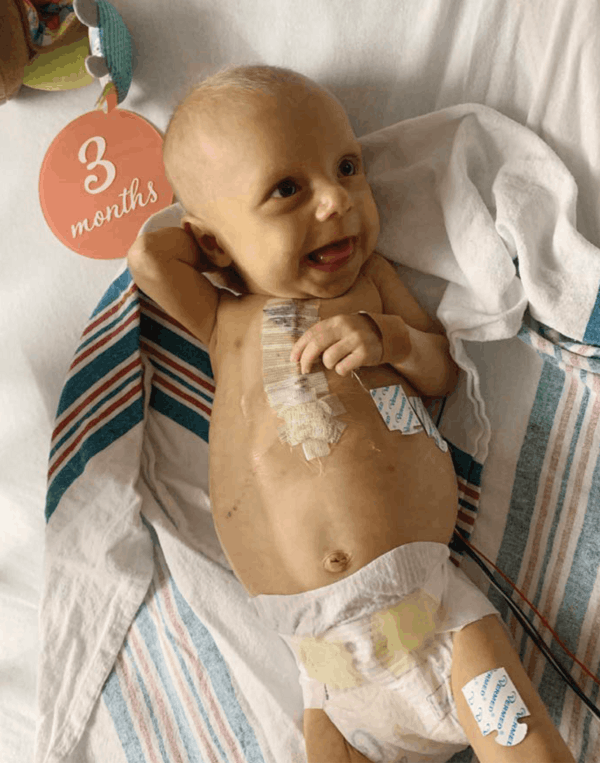
All Smiles
Penelope is all smiles following her heart surgery to correct a ventricular septal defect (VSD) at 3 months old.

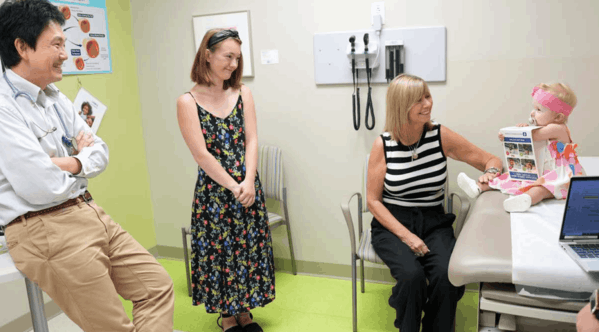

A milestone follow-up
Penelope and her family meet with Dr. Asai (left) at a follow-up appointment in Akron. The appointment marked five-months post-transplant for Penelope.
A VSD is a hole in the lower chambers of the heart. Penelope's VSD was causing her to not gain weight, even after her procedure. Watching her daughter go through so much at such a young age was stressful for Dominica, as it would be for any parent. She wondered if Penelope was destined to be in and out of the hospital for most of her life.
"I was mentally struggling, wondering if she would ever get better," Dominica said. "I was thinking, 'Is she just going to be constantly in the hospital and constantly being under for a surgery? Is this how her life is going to be?'"
Penelope and her family visited Dr. Asai at Cincinnati Children's and began discussing a possible liver transplant when she was 6 months old. It was when they returned home to Akron that Penelope's condition worsened, and Penelope flew to Cincinnati Children's for her transplant.
When Penelope arrived in Cincinnati, her medical team put her on continuous dialysis and a ventilator, hoping she would stabilize so she could have the transplant. She also was placed on a Molecular Adsorbent Recirculating System, or MARS machine, to flush the toxins from her liver.
Eventually, Penelope stabilized enough for surgery, and the medical team received word that a liver the perfect match and size for Penelope was available. So, at midnight on an early spring day, 8-month-old Penelope was taken to the operating room for liver transplant surgery.
Penelope's surgery was a success, and she began to recover and thrive. "It was a relief to know the transplant had taken place and to not see her on all the machines she had been on before," Dominica said of the first time seeing her daughter post-transplant.
Penelope receives her follow-up care at Akron Children's, where Dr. Asai sees patients each month, minimizing the young family's travel to Cincinnati Children's.
Following her transplant, Penelope spent most of her time at home to protect her fragile immune system and only left the house for numerous medical appointments. Now, her appointments are less frequent, and her family feels that's a mark of her progress.
"Penelope's appointments are becoming less frequent, and it's exciting to see how well she's doing and how far she's come from where we had started a year ago," said Dominica.
"Without the wonderful staff at Akron Children's and Cincinnati Children's, we could have never had this happen," said Pamela Billups, Penelope's grandmother. "They worked together; they were very in sync with each other. We had fantastic doctors in both places. They treated us like family, and that's how we managed to get through this whole ordeal."
Penelope's fighting spirit was evident throughout everything she's been through, and her family wants others who are experiencing the same thing to always have hope.
"I want people to know that even though things are bleak, and it doesn't look good, and you hear the worst of the worst, there's always hope. Penelope is definitely proof of that," Pamela said. "Never give up; there's always hope."
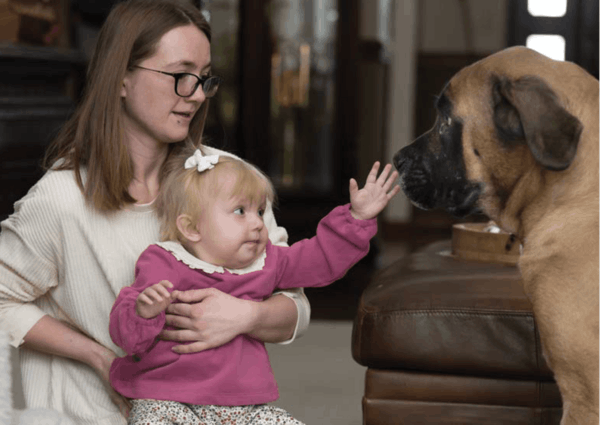
A good friend
Dominica holds Penelope while she pets her dog, Bjorn.

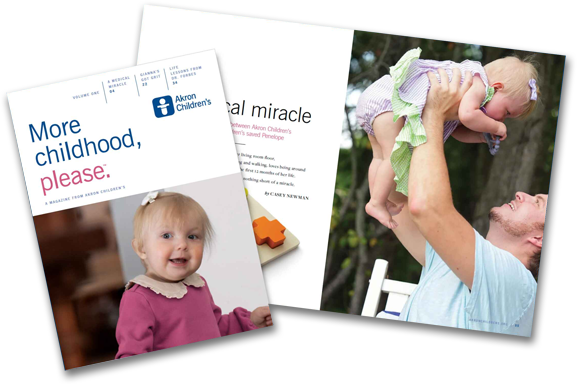
From inspiring stories, to medical miracles, the More childhood, pleaseTM magazine will make you appreciate those precious 6,574 days of childhood.
SubscribeAkron Children's invites you to connect with us.